Florian Fricke (23 Feb 1944 – 29 Dec 2001) was among the first musicians to own a Moog modular III Synthesizer in Europe. Back then in the late 1960’s it wasn’t an easy purchase – you’d get a house for those money today. Add also the shipping costs from USA to a house in a small village near München, Germany. But Florian came from a family who was well off economically and after he had emptied all the creative juice and vision regarding electronic music with the Moog, he sold it to Klaus Schulze. The first two albums of Popol Vuh Affenstunde (1970) and In den Gärten Pharaos (1971) were made essentially with the Moog III before Florian abandoned electronic music. Until the 1990’s where he did make some extremely less known electronic albums, digitally electronic albums.
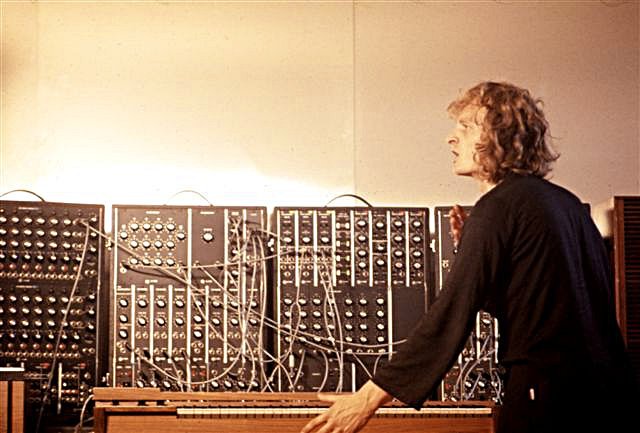
The choir sound in the film Aguirre: The Wrath of God, where the etheral sound is uniquely beautiful comes from a mellotron that was actually a choir organ. Created by Herbert Prasch and stored in his Bavarian studio in Münich. The first time it was used was when Jimmy Jackson together with Amon Düül recorded the album Tanz Der Lemminge. The choir sounds were recorded onto three dussins of tapes, that were hooked together parallel on a turning axle that turned all tapes continuously – resulting in that haunting ethereal sound. Some of the keys were colored to mark those that didn’t work, which must have given it a special look indeed.
The choir organ is supposed to be at some museum these days, in which I don’t know and haven’t found any information about it. I also haven’t found a photo of it, with neither Florian or anyone else playing the instrument. In an interview the Amon Düül singer, Renate Knaup says.
It was a large, ancient Mellotron-type instrument that had been designed by some crazy instrument builder.
Apparantly, Werner Herzog was looking for the Aguirre film score in Rome, with hopes that Ennio Morricone would be up for it. Yet didn’t really fall for anything he heard. Florian Fricke gives a de-mystified account of the event in an interview from Keybords 1993, translated from German.
“This has – as everything else in life – a normal and non-mystical beginning. Herzog was searching for music to ‘Aguirre’ in Rome, and was looking for a suitable music with Ennio Morricone and found none. A mutual acquaintance then made Herzog give attention to me. He called me later in Münich, and two days later I was in Rome and had a look at the film. Back in Munich, I then made some music that Werner Herzog liked right away. Since then there has been cooperation. It was that simple.”
When Amon Düül in 1972 recorded Wolf City Florian Fricke loaned out his Moog III to the band. It was probably at that occasion that he heard and saw the choir organ for the first time. Jimmy Jackson was a guest musician on the album and had the choir organ in the tracks Surrounded by Stars, Green-Bubble-Raincoated-Man, Jail-House Frog, Deutsch Nepal.
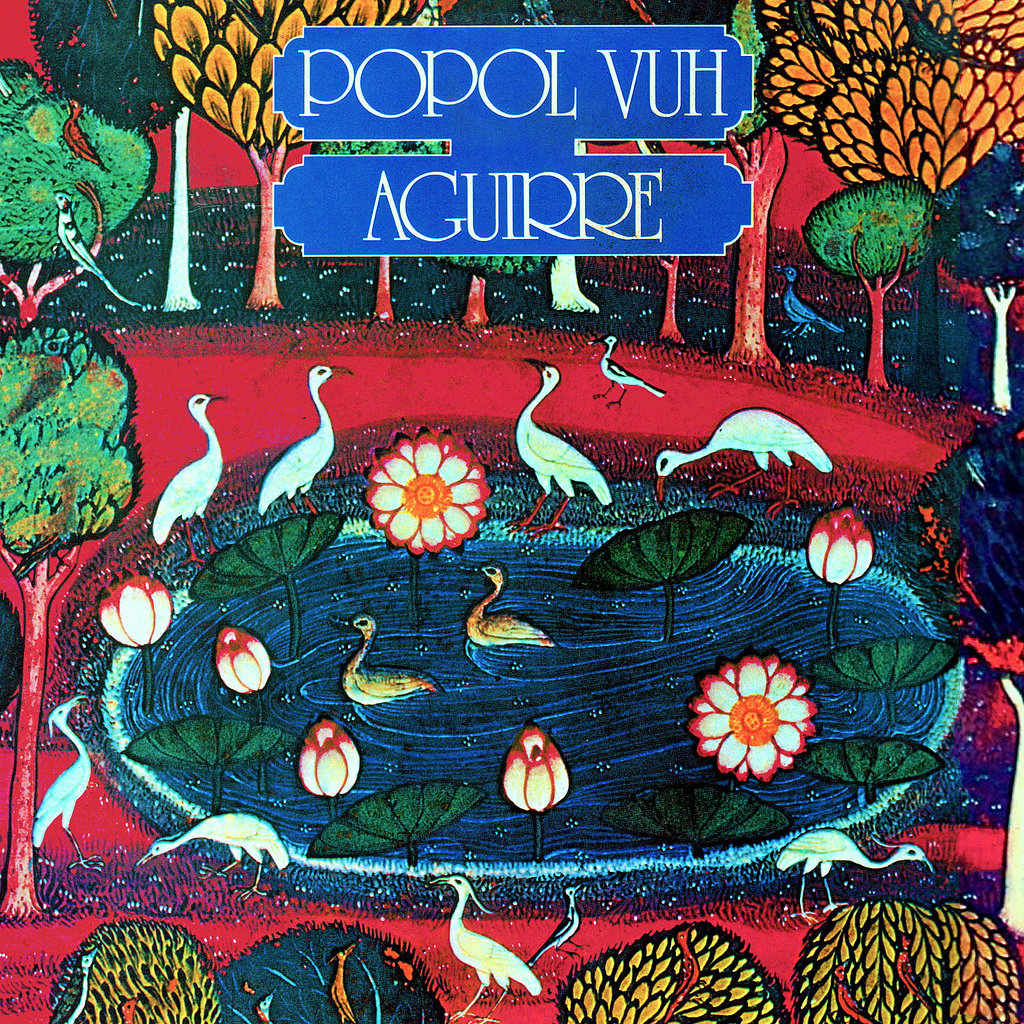
The Aguirre soundtrack wasn’t released until 1976, four years after the recording and film premier! The reason was some sort of records label mess according to Florian, who at the time had a deal with Rolf-Ulrich Kaiser’s Ohr Records and it’s sub-label Pilz. The Aguirre soundtrack somehow made up and completed a deal Florian owed in all that mess. Here is what Florian Fricke said about this whole deal – and it sort of sums up his attitude towards the music industry.
“Don’t ask me about those confusing facts about my musical record career. I’m not a part of that. The music industry has created these unfortunate circumstances. And if I would start talking about this in detail, I would have to mention names and persons and people, so I’m trying to avoid that. Insofar that some of these are not even living in our country anymore.” – (Interview with Gerhard Augustin 1996)
When the albums finally released there was no indication of it being a soundtrack on the album art – which was great but not in the typical kosmische style of the times. Also the credits were wrong, where the beautiful voice of Djong Yun gets credited without her presence at all. She is of course essential in the masterwork of Popol Vuh called Hosianna Mantra. Further, there is no credits given for oboe and violin and of course no mention of Florian’s use of the choir organ or Moog III. What a messy release it was! To top that, not even all the tracks from the film were released. Yet the album is so loved these days, an epic masterpiece from another time existing outside of any referens. It is one of the best works of Popol Vuh and it sticks out due to the choir organ, that one of the kind sound from an instrument we’ll never see or hear from again.
In my opinion, the soundtrack made the film Aguirre. Werner Herzog made a music video so to speak. I love the way the album ends, with Daniel Fichelscher using the volume effect to get that fading dreamy guitar sound, over the rhythms, made by Holger Trülzsc, that follow up on the intensifying choir organ sound. Daniel Fichelscher collaborated a long time with Florian Fricke and in the track Morgenruß II we can hear that guitar vision melting together just like in their other classic, Hosianna Mantra.
Note: David Goodine and a YouTube comment for the video corrected med and commented that Conny Veit was on the album and either played all the guitars, or the electric guitars. Daniel Fichelscher officially joined Popol Vuh after the Aguirre soundtrack was recorded. But according to an interview with It’s Psychedelic Baby he mentions that he had already met with Florian on the recirding sessions of Gila’s album Bury My Heart at Wounded Knee.
“I started with Florian recording Seligpreisung in 1973, but the first time we met was during the recording for Gila album Bury My Heart at Wounded Knee. Florian heard about my work with Amon Düül II, who I joined for playing guitars and drums since 1970.”
Music of Popol Vuh is the anthem of past midnight, the lullaby of earthly bonding and the salute to the endless. This post is dedicated to Florian Fricke, the music of Popol Vuh and all those curious about the Aguirre sound.
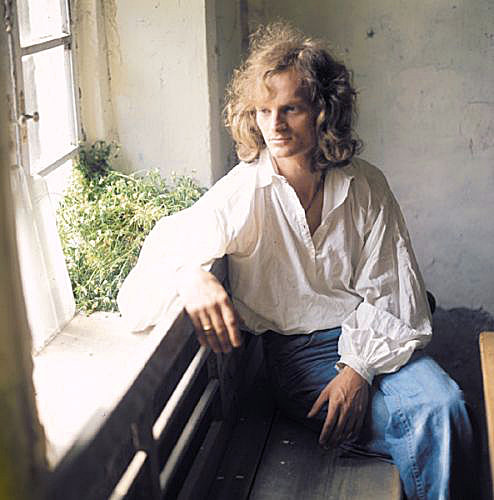
Update June 3 2017
The other day Bryn Gerard, a man who knew Florian Fricke during the last period of his life, commented on the YouTube video above. It was such a beautiful insight into Florian that I asked for his permission to quote it here. Along with this, Bryn also made some footage of the house and the surrounding area where Florian composed his music.
“… I used to be in the same meditation group as Bettina and I met Florian through her. I knew he was a composer but I had never heard any of his work and we never discussed it for the most part. Munich is full of great musical talent and so it not unusual to meet people who work in the music industry in various forms. We naturally got on well together and I used to visit the Bauhaus from time to time and spend the weekend. Our conversations were mostly about, gardening, football, birdsong and travel adventures (interests we both shared). He used to spend many hours sitting alone outside the house listening to the birds. You can hear a sample of the birdsong in the video I made.
Of course general chatter about anything interesting was a common feature of our discussions. I was building the first packet based network (GPRS) for mobile phones at the time and he was very interested in my work and the Internet and how it worked. He explained how he had been robbed throughout his career and had many court cases against him that wore him down. He defended the last case himself because he had no funds to employ a lawyer, he won the case also :) When you encounter a great talent like Florian you soon discover that many people want to attach themselves to it and steal it whenever they can. I was deeply distressed to hear this and he indicated that he would soon have control of his music and would be able to self publish it. He asked me to help with this as he expected that the Internet would a key to making the enterprise a success. I was happy and honoured to do this for him. He faced a great deal of opposition from the people who had made much money from his work and unfortunately he died before we had a chance to repackage his work. He was very much a person who lived in the now and was not so interested in work he had done in the past. He was always looking to create something new and unlike anything that had gone before.
I asked him about his work with the Moog, as a child I had always been fascinated with the strange sounds I would playing with old radios and always felt a deep spiritual sense when hearing it. He told me that he had gone as far as he could with exploring the dimensions of sound that he could produce with the Moog and the number one thing he missed was the use of overtones. Effectively what you play before has a massive effect on how what comes next is heard and the unique qualities that can be infused into a sound. He also developed a method of healing that is based upon making sounds inside of yourself in different parts of the body. He developed this because he had become deaf and the Drs told him “you are deaf and there is no cure, you must just accept it.” He lay in bed for some time deeply depressed but began to sing inside his body and move the sound to different areas of the body. He began to caress his ears with sounds and his hearing came back. He used to run classes to teach this method and there are quite a few people in Germany who he has taught. I don’t remember the name it has but I believe there is a group in Germany who practice this work. I had always intended to attend one of his classes but he did not do them that often and he died before the opportunity came along.
Although we rarely discussed music when we spent time together, whenever I returned home from a weekend with him, when I listened to music I heard it in an altogether different way. It was always more alive, more vibrant and with greater expression. I was deeply saddened when Florian died and I miss him a great deal although our friendship was only for a comparatively short time. We had a great affinity and I am not a person who is easily starstruck and I have always been focused upon achieving my own dreams, I think this helped in building a rapport between ourselves. After Florian had told me of his woes with the music industry and asked me to help him, he gave me a copy of almost all of his albums and I immersed myself in his work. I could see what a great artist he was and very humble about it all. I never buttered him up about his talent because as he said “that is my work, it is not who I am” and this was very true. He wasn’t an easy person to get along with, he would not suffer fools and phonies and would give them short shrift :) Fortunately we never had a cross word.
He was greatly appreciative of the people who liked and bought his work. He was a very generous person, a generosity that was deep in his heart. He wasn’t materialistic, he enjoyed good wine and loved to smoke. My joy was always to buy him a bottle of the best wine I could find and drink it with him while smoking and listening to the birds sing. When Florian died his belongings could fit into two small cardboard boxes and he had his beloved Steinway that the Bailiffs had almost taken on a few occasions. He also had mountains of unopened mail. He had developed a phobia of mail and mail boxes. He could not bear to open a letter or even collect them. So much grief and misery had come through his mail box in terms of writs and legal documents that he just shut them out. Sadly, these letters contained many invitations from people to collaborate with him. Not sure what else I could write about him, and I’m not not much of a one for gossip. Florian was one of the most talented people I ever met and it was my great joy to have known him. I miss him a great deal but I always have his music which puts me right back alongside him listening to the birds sing.”



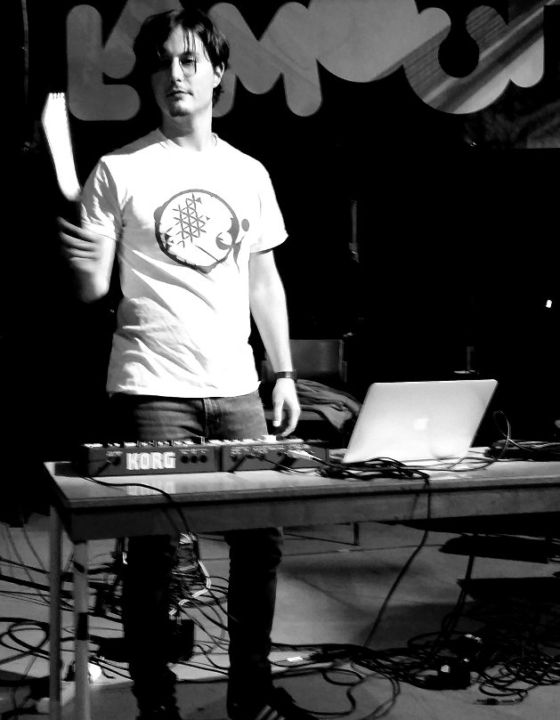
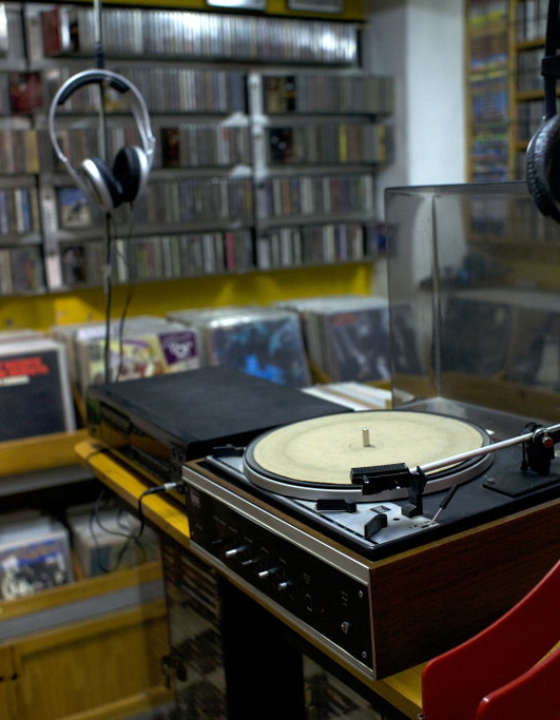
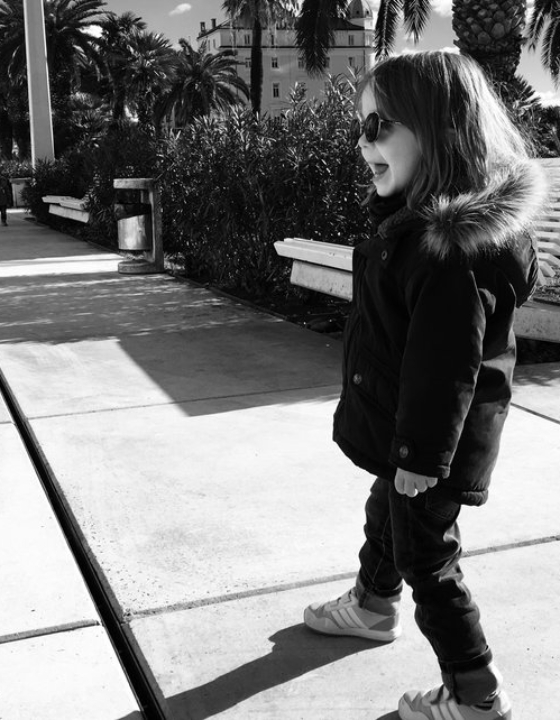

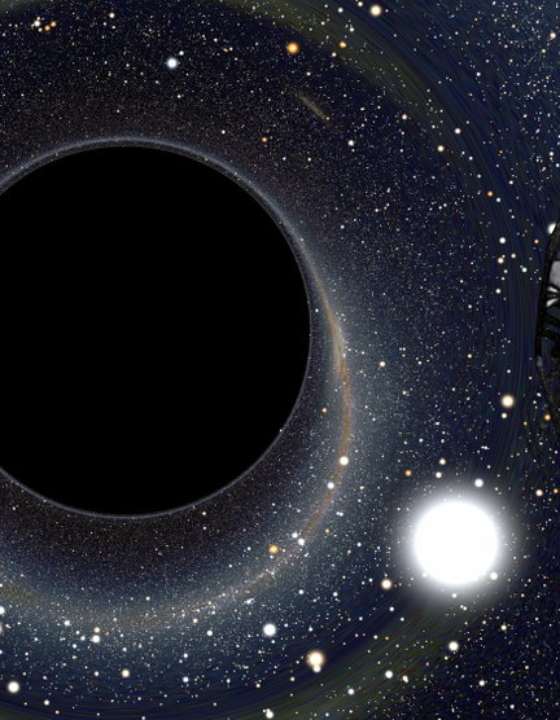
David Goodine
May 28, 2016Hello sanjin, yes, lots of confusion surrounding the 1976 ‘Aguirre’ album. However, on the actual, largely unreleased soundtrack to the Herzog film, the guitarist is probably Conny Veit, not Daniel Fischelscher, as you suggest in your otherwise excellent analysis of the choir-organ. If you listen closely to ‘Hosianna Mantra’ or Gila’s ‘Bury My Heart in Wounded Knee’ (more or less a Popol Vuh album with Veit compositions), you will detect a guitar style closer to the soundtrack and the time frame (1972) when Fricke was starting to abandon electronics in favour of acoustic/ guitar-based sounds. (Fischelscher didn’t play on ‘Hosianna’- he joined on the next album, 1973’s ‘Seligpreisung’, mostly on drums.) In other words, the Herzog film soundtrack probably dates after ‘In the Garden of Pharao’ but before ‘Hosianna Mantra’.
In regards to the 1976 album, the non-‘Aguirre’ -sounding tracks are alternate/outtakes from 1974’s ‘Einsjager & Siebenjager’ -which does feature Fischelscher on guitar- combined with the 1972 soundtrack recordings with Veit and an equally uncredited Holger Trülzsch on percussion. On the LP version I have from the 1980’s, the original Side 2 electronic composition,
‘Vergegenwaertigung’, was replaced by 3 other (later) album tracks (!), one of which was ‘Wo bist Du?’ with Djong Yun and probably explains why she is still credited on some releases. And the version of ‘Vergegenwaertigung’ on the more recent SPV reissues is still not the same one as released in 1976!
Cheers, Dave from Toronto,Canada
Sanjin Đumišić
May 28, 2016Hi! I overlooked that and it is definitively Conny Veit. As you say, Daniel Fichelscher, even joined the group after the film soundtrack had been recorded. Yet Daniel met with Florian during the recording of Gila’s album ‘Bury My Heart at Wounded Knee’ so he might still have been there playing some guitar parts. I’ll update some facts in the post and credit you and your comment. Thanks for correcting me, I appreciate the interest as there are extremely few people who are interested in this =))) /All the best
Daniele
August 26, 2016Aguirre is one of my favorite movies. I had come to doubt that it was not a mellotron in the soundtrack and this article has revealed to me a lot of interesting information.
Greetings
Sanjin Đumišić
August 26, 2016Hey Daniele! Thanks for the comment, I’m glad you found some new info in the post. /All the best
ralf steer
October 27, 2020hello sanjin ,
are you still interested in some information about popol vuh…?? if so, let me know,
cheers from munich
ralf
Sanjin Đumišić
October 28, 2020Hi, I sent you an email. Thank you for reaching out.
Ramona
December 27, 2021Nice article! Thank you for the more “practical” information about the composing process of Aguirre’s music: I’m getting along with it because I’m making a research about Popol Vuh for my Master dissertation degree. If you have many others of this kind of article please let me know, I would really like to read more!